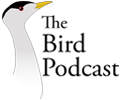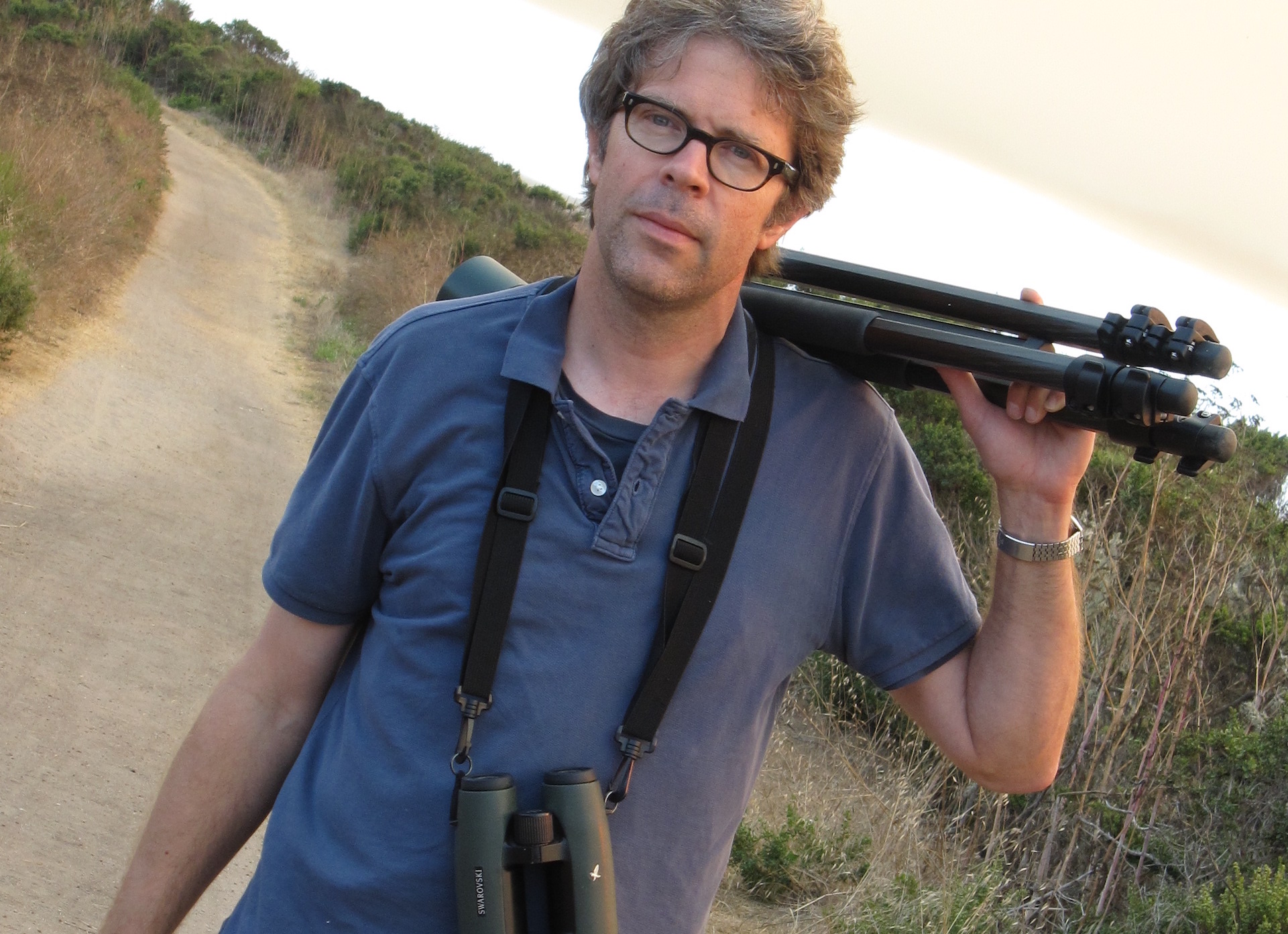Jonathan Franzen is arguably America’s greatest living fiction writer. He has won numerous accolades and awards. His latest book, Crossroads, is just out. Like many of his novels, it has little to do with his other passion. As Jonathan says in this interview, he doesn’t bird very much when he is working.
Now to birding. In his New Yorker essay, “My Bird Problem,” Franzen says that he began birding in 1999 at the age of 40. Since then, he has written a number of lyrical essays about birds, conservation and his birding adventures from Africa to Antarctica. My second favourite is this one in the New Yorker which talks about him going to search for Masafuera rayadito in faraway Chile. My absolute favourite is this one in the National Geographic which talks about the sheer joy of birding and the number of species he has seen. It is both a ringing, yet seemingly self-evident, endorsement for birds and a fine argument for conservation. A more incisive and heartbreaking essay is this one in the National Geographic on seabirds. He also speaks about how he fell in love with birds and protecting them in this Youtube video. Franzen also lends his name and voice to conservation efforts that matter to him such as this interesting one about the Chatham albatross. Watch it.
This New York Times piece, which put him on its 2018 “The Greats” cover, gives an idea of where he is at currently. For more details, visit his website: https://jonathanfranzen.com
Franzen has also written controversial pieces about climate change that have evoked responses from Audubon.
Episode Highlights:
1:00: Jonathan talks about why birds matter. Nature is in retreat all over the world. So how do you get people to care about nature– through birds, because they are everywhere.
3:50 Jonathan talks about how he tracks what he has seen. He has county, state, US, and world lists. He has seen 4800 species
5:30 Jonathan talks about his trip to India. How his most amazing encounter with birds was with the great Indian hornbill in Northeast India. He “practically wept with joy” upon seeing them.
7:20 Oh, the places he has been. Starts with Europe. Differences between Europe and India. Funny story at 8:00
9:20 Talks about the Americas. A kilometre of road in Peru can yield 900 species
10:30 Australian birds
11:50 His favourite is North American sparrows. 50 kinds of sparrows. Why he likes them. The little brown birds. Talks about larks and leaf warblers.
13:50 Talks about how he identified leaf warblers– calling out six field marks in 30 seconds. Funny story about how his guide, Avijit Sarkhel corrected him and his friend, Sean Dooley from Australia.
15:00 Why he likes seabirds. How he gets seasick. Monterey Bay
17:20 How does he learn about birds. Links to learning a language. How to narrow down what the bird might be. Links it to recognizing faces
21:30 How he prepares for overseas trips. How he memorizes and studies before trips to foreign countries. Trip to India with his guide Avijit.
23:00 Talks about Phoebe Snetsinger and how she makes lists to remember birds
24:00 Talks about his two trips to Columbia. Also Peru, Brazil, Bolivia. How to remember species in the “birdiest” country of the world. Talks about tanagers.
26:00 The apps that he uses. Sibley.
27:00 Great birding places in the US. Cape May, New Jersey. Central Park. How North American warblers in Central Park or Prospect Park in May. Mojave desert in California. Hummingbirds of Texas
30:45 Talks about the ‘otherness’ of birds. What is the most ‘other’ bird he has seen. Talks about oilbirds and the ashy storm petrels
34:10 His favourite bird. The California Towhee, a big bruising sparrow. Why he likes it so much. Ends with a funny story.
36:52 Talks about crows and ravens. Can he tell them apart? Talks about the famous video of a crow sledding on a roof in Siberia. Why he doesn’t like corvids because they prey on the chicks of the California Marbled Merlin.
39:50 Conservation efforts that he finds heartening. About his work with the American Bird Conservancy. How seabirds are affected by introduced species such as rats and mice. South Georgia Island’s excellent approach to rodents. By the South Georgia Heritage Trust.
43:43 Books about birds that he reads…or not.
45:30 What gear does he carry? Swarovski, Zeiss Victory, Bushnell, Kowa
49:00 His birding and writing routine.
Questions:
- You wrote a cover story for National Geographic called, “why birds matter.” Please talk about the avian domain from a personal perspective. The birds you have seen and their habitats.
- Can you give us anecdotes of some bird behavior that you found fascinating?
- What type of birds hold your current interest– raptors, seabirds, songbirds, nocturnal birds? Why not talk about each of these types of birds?
- Any underdogs in the birding world that you have special affection for?
- What are some of the most memorable birding trips that you took? Why are they so special?
- You like birds because of their “otherness.” Talk about that– as you have done in your piece about the rayadito. “ When I go looking for new bird species, I’m searching for a mostly lost authenticity, for the remnants of a world now largely overrun by human beings but still beautifully indifferent to us; to glimpse a rare bird somehow persisting in its life of breeding and feeding is an enduringly transcendent delight.”
- Talk about some conservation efforts that are heartening to you like the Chatham island albatross ones?
- What are the bird books you read? And recommend?
- What is your birding routine?
- What type of binoculars and equipment do you carry?
- Any tips on learning about birds? How do you read and increase your knowledge?
- How did you learn to identify birds? How does one learn to do it?
- What is your memory hack– about remembering the birds in a location.
- What apps do you use for birding?


